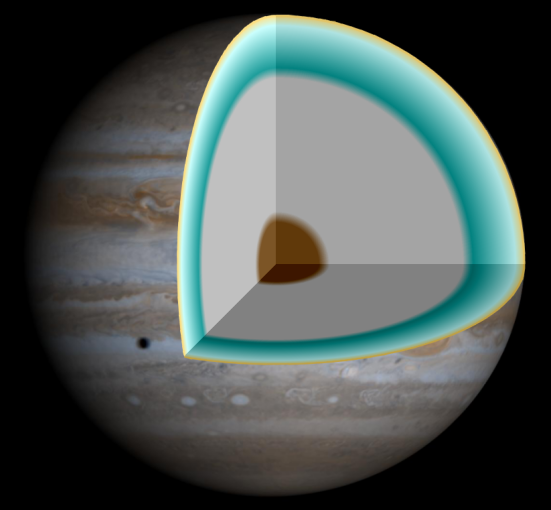Volatiles are chemical elements and compounds that have small boiling points and are found or connected to the atmosphere and crust of both a moon and a planet. Elements such as hydrogen, nitrogen, carbon dioxide, ammonia, and methane are types of volatiles. Water is also a perfect example as well as other compounds of hydrogen, oxygen, nitrogen, silver, carbon and sulfur dioxide.
As one looks closely to the crust of both the moon and the earth, he will find these elements in huge extents. Those volatiles that have very low melting points are classified glasses such as helium and hydrogen. The volatiles that have more than 100k melting points are called asices.
The moon is said to have a minimum of volatiles because its crust has oxygen but small amounts of nitrogen, carbon and hydrogen. Scientists made a recent discovery when they studied the components of silver found in Earth rocks and meteorites. With their findings they were able to make a calculation regarding the creation of Earth. They found out that when the Earth was created, volatiles such as water and other major ones may have been present in its crust and atmosphere, therefore refuting the theory that it was comets that gave these volatiles.
On the other hand, elements that have high boiling points are called refractory elements and are composed of aluminum, titanium, calcium, uranium, and other elements not usually found on earth which include tungsten, thorium, gadolinium, europium and zirconium.

